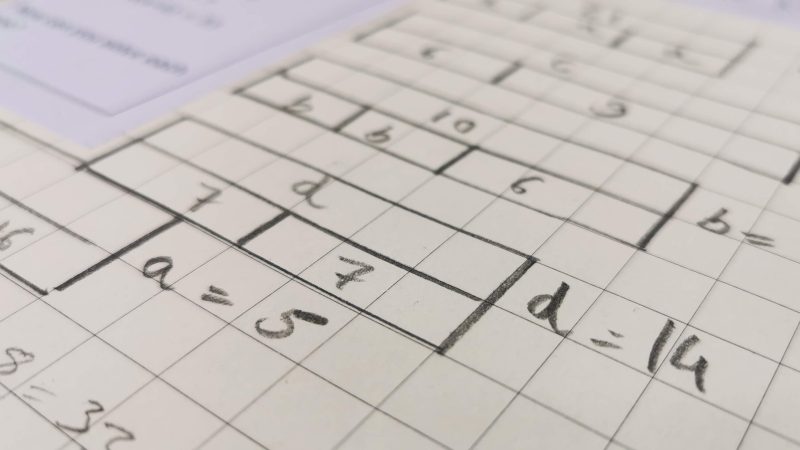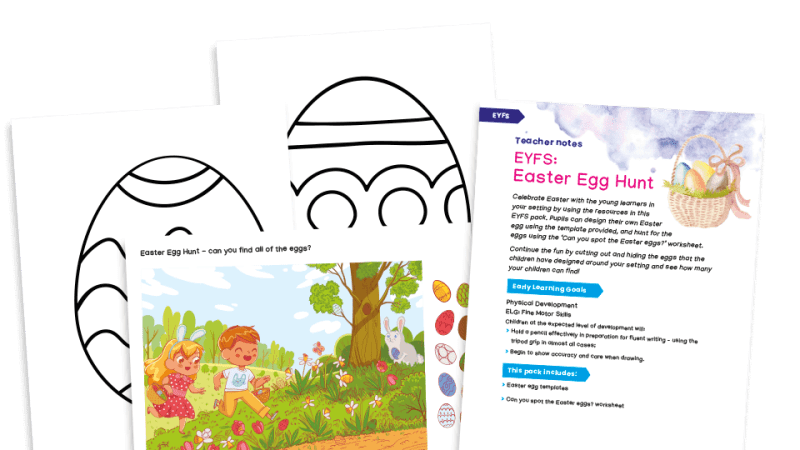Primary maths – How to use stem sentences in maths

They’re not just for English lessons, says teacher John Bee…

- by John Bee
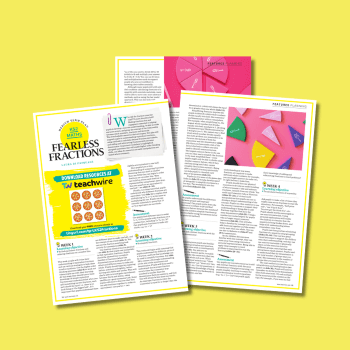
A stem sentence is nothing new in primary schools.
They support children (and teachers) to start sentences, rather than staring at a blank page. In English, stem sentences can be an effective strategy to structure writing. In maths they can be used in dynamic ways to support teaching and learning.
Maths lessons which include carefully chosen representations expose mathematical structures. A stem sentence can work alongside a mathematical representation by complementing it and revealing the structure. For example, the structure of fractions being part of a whole can be explored using part-whole or bar model representations.
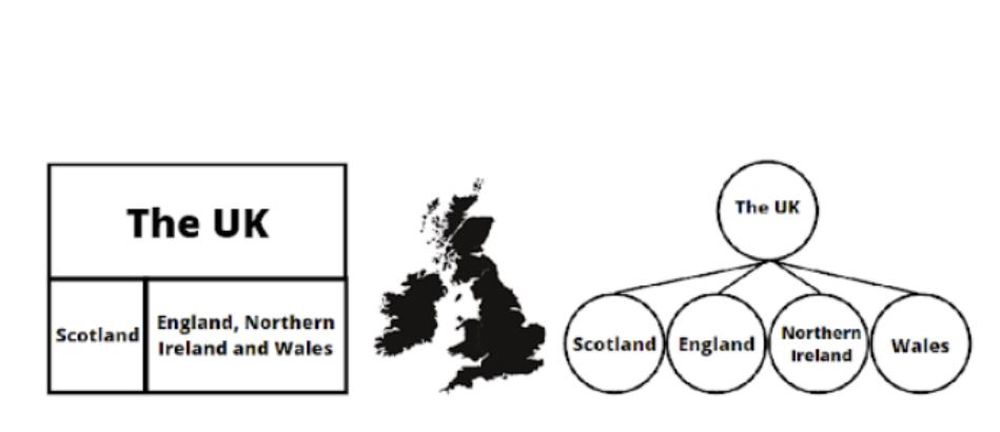
Stem sentence: If the UK is the whole, ______ is a part of the whole.
In the above example, the stem sentence supports the representations by deepening the structure of fractions being part of a whole. It exposes the relative size of fractions and can lead to rich discussions.
Maths has a highly specialised and technical language which needs to be explicitly taught. How many of us have asked children to explain their reasoning to be met with “Erm, well…” or other vague responses? Stem sentences can scaffold children to develop their reasoning and explanations by using the language of mathematics.
Put simply, mathematics requires children to talk like a mathematician. Just as we use the words ‘split digraphs’ and ‘phonemes’ in KS1, maths has its own semantics and culture. An effective stem sentence allows children to practise reasoning by changing variables and using precise and technical vocabulary.
Stem sentences can also be used to arrive at a generalisation or general rule. For example, when children in UKS2 build on their understanding of ‘factor x factor = product’, they explore how many factors a number has.
Children may notice particular features of some numbers (11, 13, 17, for example) and wonder why they only have two factors each. They can then be guided towards a generalisation: numbers that have exactly two factors are called prime numbers.
Test this key structure by using counters or factor wheels to show examples of prime numbers. Children may ask if all prime numbers are odd or always one more/less than a composite number (therefore, there aren’t any consecutive prime numbers, apart from two and three, which are prime factors).
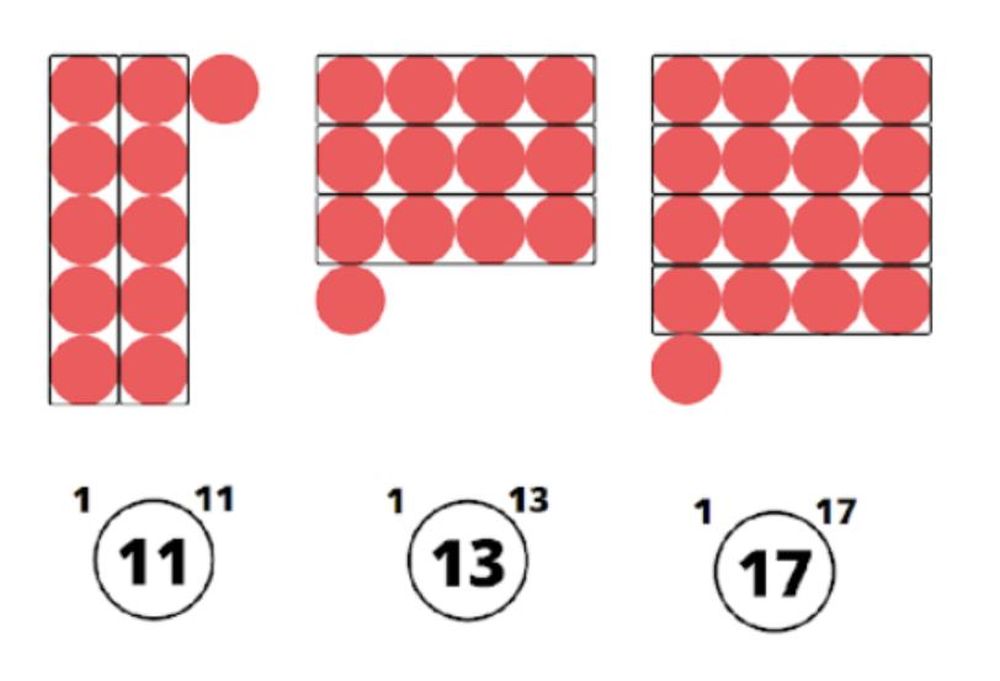
Strategies and pedagogical choices are important when developing stem sentences. An ‘I say, you say, we say’ approach can be effective: firstly, model the stem sentence so that pupils can hear mathematical vocabulary used accurately and correctly, then invite a selection of children to say the stem sentence, allowing them to rehearse reasoning.
Finally, invite the whole class to say the stem sentence together. In doing so, you’re explicitly teaching children to reason, deepening their understanding of mathematical structures and avoiding vague responses.
Of course, there’s still a place for children to construct their understanding, think out loud and offer unstructured responses to make sense and meaning of new concepts. Stem sentences aim to support fundamental mathematical structures which can be built on as children progress through their education.
To deepen children’s conceptual understanding of mathematical structures, change the variables in a stem sentence, or its context. Look at the examples below:
If the UK is the whole, ______ is a part of the whole. If ______ is the whole, England is part of the whole. If the bus is the whole, ______ is a part of the whole. If ______ is the whole, the windows are a part of the whole.
I’m often asked for a ‘bank’ of sentence stems which cover the curriculum. I feel this is the wrong approach for a few reasons: it limits teacher agency; it limits lesson design; it discourages teachers from engaging in discussions and planning around key concepts in maths.
Instead, coherent lesson design, representations through carefully selected models and images, mathematical thinking and vocabulary, fluency and variation can all be supported by the inclusion of stem sentences to draw attention to essential concepts in maths.
John Bee is head of KS2 and maths leader at a primary school. Follow him on Twitter at @mrbeeteach. Visit his website here.






